n a stunning display of technological prowess, Chinese AI startup Kling AI has unveiled Kling 2.0, a cutting-edge video generation platform that is currently taking the internet by storm. Social media platform X (formerly Twitter) is overflowing with jaw-dropping video clips that showcase a level of visual fidelity and cinematic quality previously reserved for big-budget Hollywood productions.
Following in the wake of fellow Chinese startup DeepSeek, which shook up the AI community earlier this year, Kling AI is now staking its own claim to the spotlight. The company has officially released KLING 2.0 Master for video generation and KOLORS 2.0 for image creation—two next-gen tools that dramatically enhance creative possibilities for users around the world.
Hollywood Looks, AI Brains: What’s New in KLING 2.0 and KOLORS 2.0?
Kling AI describes this release as a monumental upgrade in both realism and creative control. With KLING 2.0 Master, users can expect significant improvements in motion dynamics, expression fidelity, and adherence to complex prompts. The platform now supports sequential actions and cinematic camera movements, enabling directors, artists, and hobbyists alike to create richly choreographed video scenes with just text or image inputs.
The model offers far greater range of motion for character subjects, allowing for fluid, human-like movements at a natural speed. Dramatic expressions that rival professional acting, alongside stylistically consistent results, make the system an attractive choice for anyone looking to generate compelling storytelling visuals.
The KOLORS 2.0 model—focused on image generation—has also seen comprehensive improvements. It now boasts advanced prompt adherence, cinematic aesthetics, and support for more than 60 artistic stylizations, giving users full freedom to render imaginative, vivid artworks.
Together, these tools are redefining what AI is capable of in the creative space.
A Viral Showcase: Seven Surreal Creations You Can’t Miss
Since its debut, KLING 2.0 has inspired a wave of experimentation, with users sharing their outputs on X and other platforms. One particularly surreal example comes from Travis Davids, a digital artist known for pushing the boundaries of 3D and AI art. Davids used Kling 2.0 to animate an eerie hybrid image of a snail with a human hand for a body, a concept first glimpsed through OpenAI’s Sora.
By adding lifelike motion and subtle camera work, Davids transformed a still image into something straight out of a sci-fi horror film. It's just one of many examples showcasing how the new model elevates simple prompts into stunning, fully realized video sequences.
More examples range from epic fantasy creatures to urban vignettes and moody character studies, each revealing just how far AI has come in replicating—and in many cases, enhancing—the art of filmmaking.
Kling AI’s Meteoric Rise: Numbers That Tell a Story
Since its initial launch just ten months ago, Kling AI has seen exponential growth. According to company figures, the platform now boasts over 22 million users across the globe. Together, they have created a staggering 168 million videos and 344 million images using Kling’s AI tools.
Even more impressive is the growth in monthly active users, which has multiplied 25-fold since June 2024. These statistics not only highlight growing demand, but also signal a broader shift in how content is being produced and consumed in the digital age.
The Multi-Elements Editor: A New Era of AI Video Editing
One of the major features introduced alongside KLING 2.0 is the Multi-Elements Editor, a tool that gives users unprecedented control over their videos. Announced by Zhang Di, Vice President of Kuaishou and Head of Kling AI, the editor allows users to swap, add, or delete video elements using simple text or image commands.
This functionality brings AI video editing closer to traditional filmmaking workflows, empowering creators to refine their scenes post-generation with a level of detail that was previously out of reach for casual users.
Kling’s Expanding Ecosystem: Partnerships and Developer Adoption
Beyond the individual creator market, Kling AI is becoming a foundational technology for businesses and developers. The company has formed partnerships with thousands of domestic and global enterprises, including major names like Xiaomi, Amazon Web Services, Alibaba Cloud, Freepik, and BlueFocus.
Over 15,000 developers have already integrated Kling’s API into their products or services, generating around 12 million images and over 40 million videos in real-world industry applications. This wide adoption suggests Kling is not only a creative tool—it’s evolving into a full-fledged video infrastructure platform for the AI era.
The NextGen Initiative: Fueling the Future of AI Filmmaking
To further cultivate the global creative ecosystem, Kling AI announced the NextGen Initiative, a program aimed at empowering a new generation of AI filmmakers. Through this initiative, Kling promises to provide:
- Millions in funding for promising creators
- Global promotional support
- Personal branding opportunities
- Exclusive access to new tools and experimental features
The initiative highlights Kling AI’s commitment to democratizing storytelling and making high-level production tools accessible to creators at all levels.
Leading the Pack: Kling Tops Global AI Video Rankings
According to a March 27 ranking by international benchmark organization Artificial Analysis, Kling’s 1.6 Pro (High-Quality Mode) earned the top spot in the Image-to-Video category. It achieved an Arena ELO score surpassing 1000, beating out heavyweights like Google Veo 2 and Pika Art, which ranked second and third, respectively.
With such accolades and momentum, it’s no exaggeration to say that Kling AI is now a global leader in AI video generation—and it’s only getting started.
A Glimpse into Tomorrow
Looking ahead, Zhang Di emphasized Kling AI’s mission to push the boundaries of creativity and human-AI interaction. “Our goal is to help everyone express complex creativity with ease,” he said at the launch event. “We believe that the future of storytelling is collaborative—and powered by AI.”
As Generative AI continues to blur the line between imagination and reality, Kling 2.0 marks a pivotal step forward. Whether you're an artist, filmmaker, marketer, or dreamer, Kling AI might just be the new canvas you’ve been waiting for.





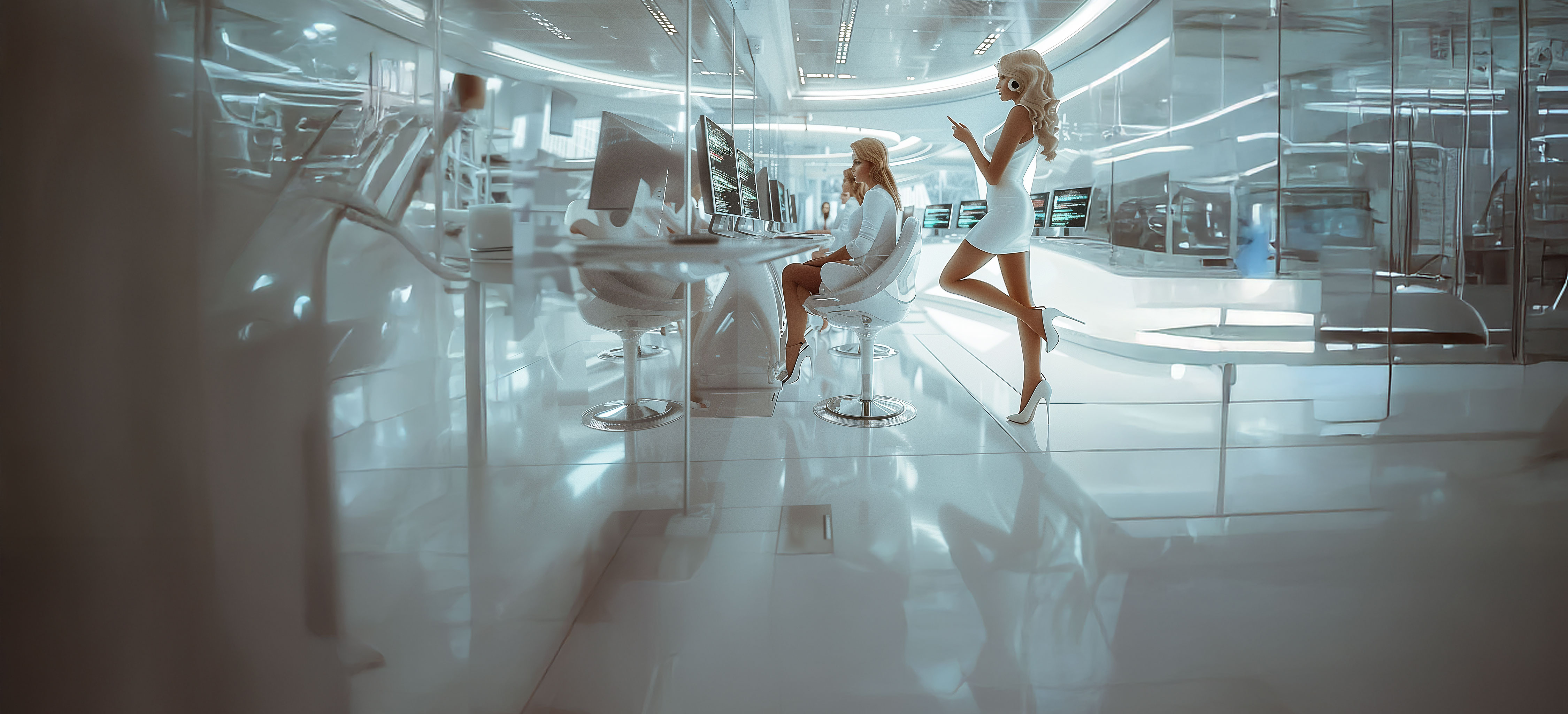

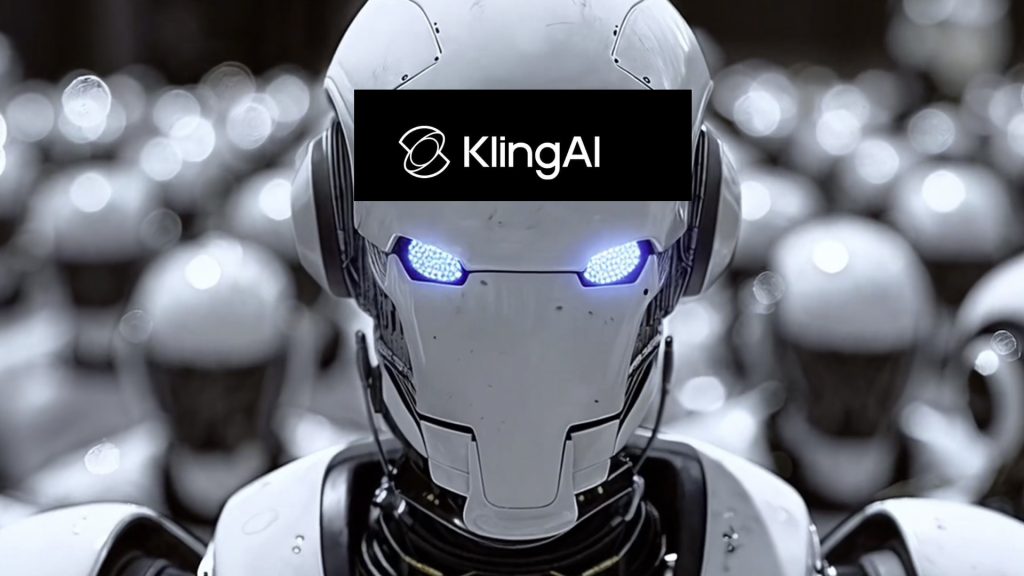



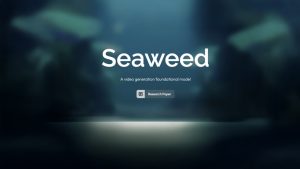

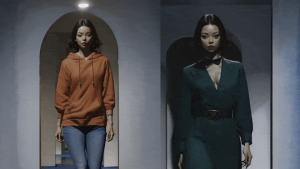


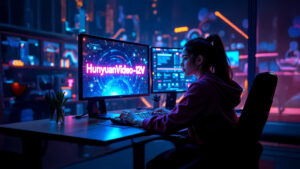
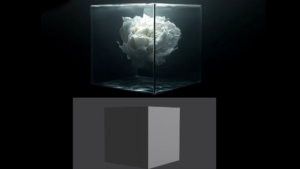

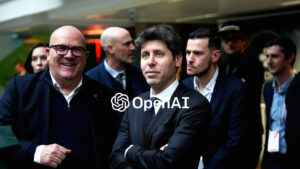


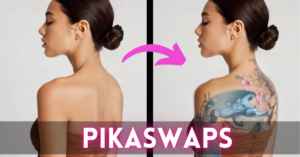








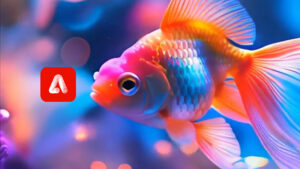





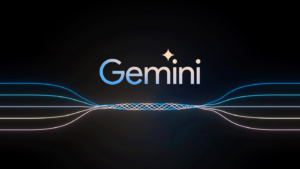

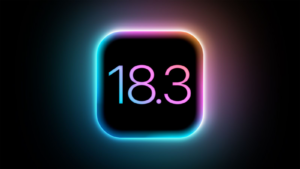





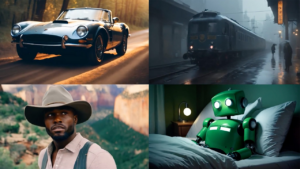
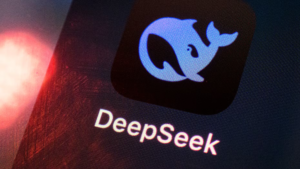
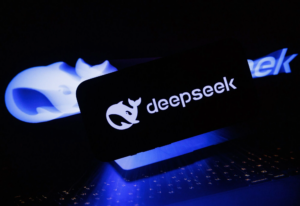

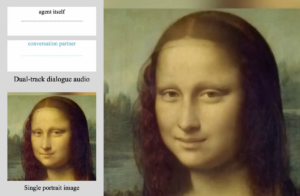









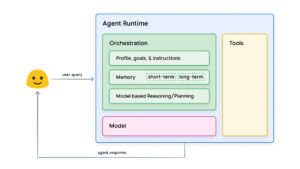



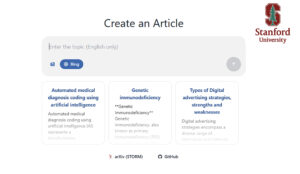


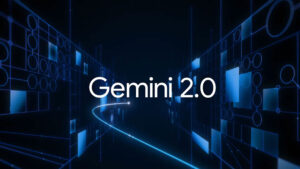
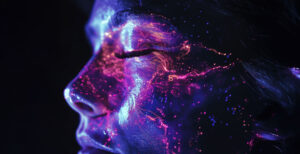






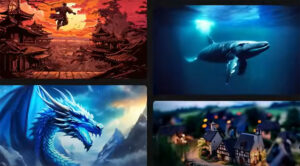



















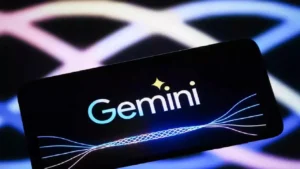

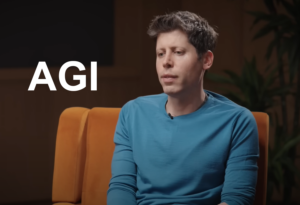

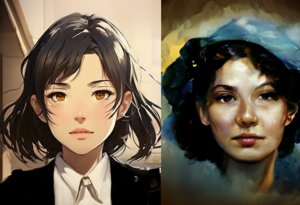




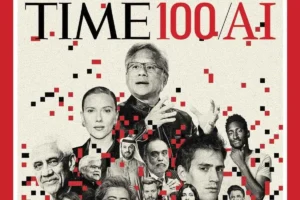
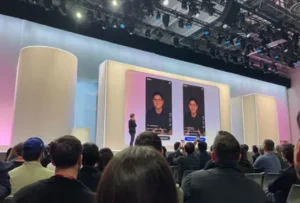



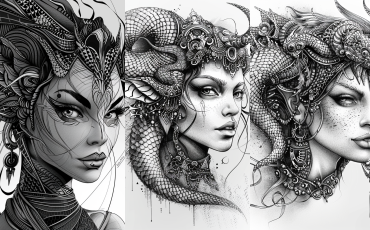
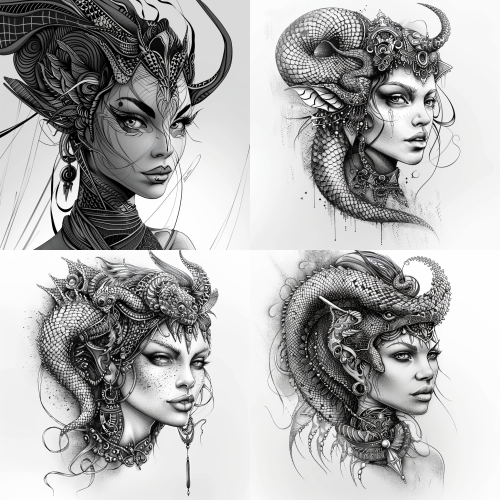




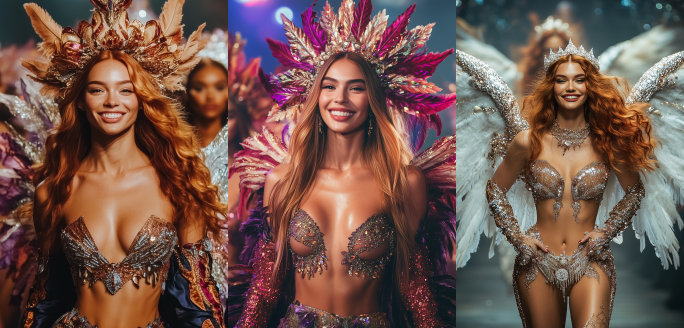
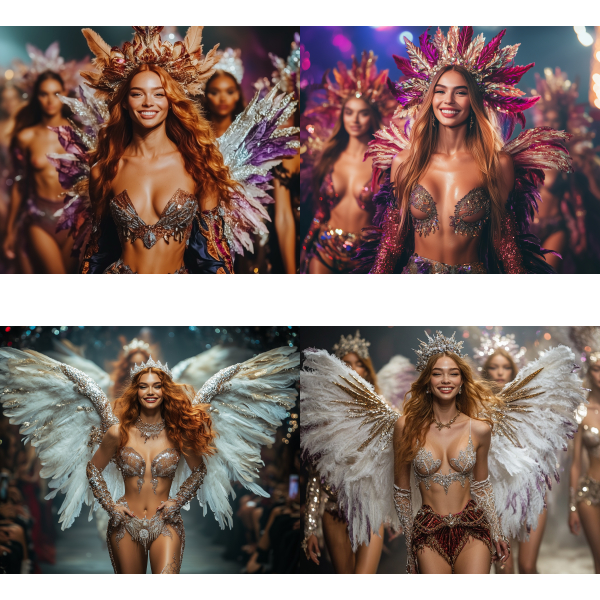
Validate your login
Sign In
Create New Account